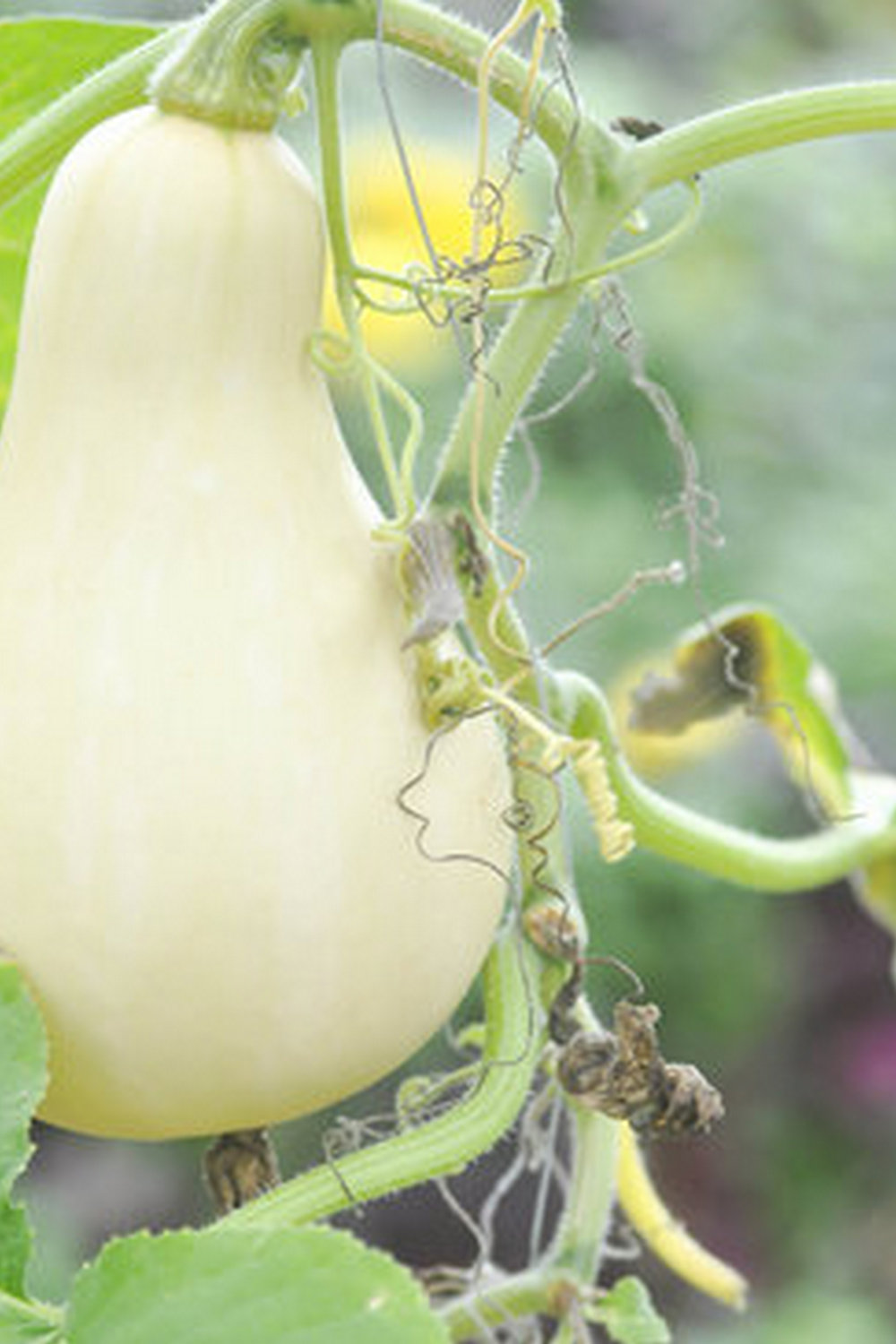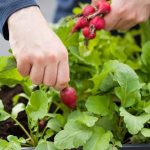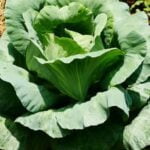Are you eager to start your summer vegetable gardening in Texas? The scorching heat and intense sun can make gardening a challenge, but with the right knowledge and tips, you can still enjoy a bountiful harvest. From choosing the best vegetables to combating pests and diseases, this article will provide you with all the information you need to have a successful summer vegetable garden in Texas.
Texas summers are known for their high temperatures and dry conditions, making it important to select the right vegetables that can thrive in such harsh environment. Whether you are an experienced gardener or just starting out, understanding which vegetables are best suited for Texas’ summer heat is crucial for a successful harvest. In this article, we will explore some of the top vegetables that you can grow in your Texas summer garden.
In addition to choosing the right vegetables, selecting the perfect location for your vegetable garden is essential for its success. Factors such as sunlight, wind exposure, and soil quality play a vital role in growing healthy plants during the hot months. This article will guide you through how to choose the right location for your summer vegetable garden in Texas so that you can maximize your harvest.
Best Vegetables to Grow in Texas During the Summer Heat
Texas summers can be scorching, but that doesn’t mean you have to put your vegetable gardening dreams on hold. In fact, there are several vegetables that thrive in the Texas heat and can provide you with a bountiful summer harvest. Some of the best vegetables to grow in Texas during the summer include okra, peppers, tomatoes, squash, cucumbers, and sweet potatoes.
Okra is particularly well-suited for the Texas climate, as it loves the heat and humidity. It’s a staple in many Southern dishes and is often used in stews and gumbos. Peppers, both hot and sweet varieties, also do well in the Texas heat and can add a pop of flavor to your summer meals. Tomatoes are another favorite for Texas gardeners, with so many varieties to choose from and endless culinary possibilities.
When it comes to squash and cucumbers, their fast growth makes them ideal for summer gardening. Just be sure to give them plenty of space to spread out. And don’t forget about sweet potatoes – they’re not only delicious but also incredibly nutritious. With proper care and attention, these vegetables can offer a delicious bounty despite the sweltering summer temperatures.
| Vegetable | Reasons for Growth During Summer |
|---|---|
| Okra | Loves heat and humidity |
| Peppers | Hot and sweet varieties thrive in the heat |
| Tomatoes | Many varieties to choose from with culinary possibilities |
Choosing the Right Location for Your Vegetable Garden in Texas
When it comes to summer vegetable gardening in Texas, one of the most important factors to consider is choosing the right location for your garden. The intense heat and often unpredictable weather patterns in Texas can make it challenging to find the perfect spot for your vegetable garden. However, with some careful planning and consideration, you can set yourself up for a successful growing season.
Sunlight Requirements
One of the key factors to consider when choosing a location for your vegetable garden in Texas is sunlight. Most vegetables require at least 6-8 hours of direct sunlight per day to thrive. Look for an area in your yard that receives ample sunlight throughout the day, especially during the peak growing season in the summer months.
Soil Quality and Drainage
In addition to sunlight, soil quality and drainage are crucial considerations when selecting a location for your vegetable garden. Texas soils can vary widely across different regions, so it’s essential to assess the composition and drainage of your soil before getting started. Most vegetables prefer well-draining soil with plenty of organic matter, so it may be necessary to amend your soil with compost or other organic materials.
Proximity to Water Source
Finally, consider the proximity of your chosen location to a water source. Summers in Texas can be hot and dry, so easy access to water for irrigation is essential for maintaining a healthy vegetable garden. Whether you plan to water by hand or utilize an irrigation system, having a convenient water source nearby can make all the difference in keeping your plants hydrated and thriving throughout the summer months.
By carefully considering these factors and selecting the right location for your summer vegetable garden in Texas, you can set yourself up for a bountiful harvest and a successful growing season. With ample sunlight, well-draining soil, and easy access to water, you’ll be on your way to enjoying a variety of fresh and flavorful homegrown produce all summer long.
Tips for Preparing the Soil for Summer Vegetable Gardening
When it comes to summer vegetable gardening in Texas, preparing the soil is crucial for successful growth and harvest. The hot and dry climate of Texas presents unique challenges for soil preparation, but with the right tips and techniques, you can create an optimal environment for your vegetable garden. Here are some essential tips for preparing the soil for summer vegetable gardening in Texas:
1. Soil Testing: Before you start planting, it’s important to conduct a soil test to assess its pH level and nutrient content. You can purchase DIY soil testing kits or send samples to a professional lab for analysis. Based on the results, you can make informed decisions about which amendments, such as lime or organic matter, your soil may need.
2. Amend the Soil: Adding organic matter, such as compost or well-rotted manure, can improve the texture and fertility of Texas soils. This helps retain moisture and nutrients in the soil, which is essential during the scorching summer months.
3. Mulching: Applying a layer of mulch around your plants helps conserve moisture, suppress weeds, and regulate soil temperature. Organic mulches like straw or shredded leaves are beneficial for summer vegetable gardening in Texas.
4. Raised Beds or Containers: In areas with poor soil quality or drainage issues, consider using raised beds or containers for your summer vegetable garden. This allows you to have more control over the soil composition and irrigation.
By following these tips and best practices for preparing the soil, you can set your Texas summer vegetable garden up for success and ensure a bountiful harvest of fresh produce throughout the season.
How to Combat Pests and Diseases in a Texas Summer Vegetable Garden
Texas is known for its long, hot summers, which can create the perfect conditions for pests and diseases to thrive in a vegetable garden. However, with the right knowledge and proactive measures, gardeners can effectively combat these challenges to ensure a bountiful harvest.
One of the most common pests in Texas summer vegetable gardens is the squash vine borer. This destructive pest lays its eggs at the base of squash and pumpkin plants, leading to wilting and eventual death of the plant. To combat this pest, it is important to regularly inspect your plants for signs of infestation and take preventive measures such as using row covers or applying organic insecticides.
In addition to pests, Texas summer vegetable gardens are also susceptible to various diseases such as powdery mildew, blight, and root rot. To prevent these diseases from taking hold in your garden, it is essential to practice good garden hygiene by removing any infected plants or foliage, providing adequate spacing between plants for air circulation, and watering at the base of plants to avoid wetting the foliage.
Another effective way to combat pests and diseases in a Texas summer vegetable garden is by choosing disease-resistant varieties whenever possible. Many seed companies offer varieties that are bred specifically for resistance to common Texas garden pests and diseases, providing an added layer of protection for your crop.
| Common Pests | Preventive Measures |
|---|---|
| Squash Vine Borer | Regular inspection of plants, use of row covers or organic insecticides |
| Powdery Mildew | Good garden hygiene, adequate plant spacing for air circulation |
| Blight and Root Rot | Proper watering techniques at the base of plants |
Watering and Irrigation Tips for Summer Vegetable Gardening in Texas
When it comes to summer vegetable gardening in Texas, proper watering and irrigation are essential for the health and success of your plants. The hot and dry climate in Texas can pose challenges for maintaining adequate moisture levels in the soil, making it crucial to implement effective watering practices. Here are some tips to help you keep your summer vegetable garden thriving in the Texas heat:
- Water deeply and less frequently: Instead of shallow, frequent watering, focus on providing a deep soak to the root zone of your plants. This encourages strong root development and helps them withstand periods of drought. Aim to water your vegetables 1-2 times per week, depending on specific plant needs and weather conditions.
- Utilize mulch: Applying a layer of mulch around your plants helps retain soil moisture by reducing evaporation. Organic mulches like straw or shredded bark can also enhance soil health as they break down over time.
- Consider drip irrigation: Drip irrigation systems deliver water directly to the base of plants, minimizing water waste through evaporation or runoff. This method is especially efficient for large gardens and can be equipped with timers for automated watering.
In addition to these tips, it’s important to monitor your garden regularly for signs of water stress in your vegetables. Wilting, yellowing leaves, or stunted growth can indicate inadequate watering, while overly soggy soil may signal overwatering. By adjusting your watering routine and staying attentive to the needs of your plants, you can maintain a successful summer vegetable garden in Texas.
Remember that successful summer vegetable gardening in Texas requires careful attention to watering practices. By implementing these tips and staying attuned to the unique needs of each crop, you can ensure a bountiful harvest despite the challenges of the hot Texas climate.
Harvesting and Preserving Your Summer Vegetable Garden Bounty in Texas
After all your hard work in tending to your summer vegetable garden in Texas, the time has finally come to harvest the fruits of your labor. But what do you do with all those fresh vegetables once they’ve been picked? In this section, we’ll explore some tips and methods for harvesting and preserving your summer vegetable garden bounty in Texas.
When it comes to harvesting your vegetables, timing is key. Each type of vegetable has its own specific indicators that will tell you when it’s time to harvest.
For example, tomatoes should be picked when they are fully ripened and have a deep color, while cucumbers are best harvested when they are still firm and before they start to turn yellow. Be sure to regularly check on the progress of your vegetables so that you can harvest them at their peak flavor and freshness.
Once you’ve harvested your summer vegetables, you may find yourself with an abundance of produce that is more than you can consume right away. This is where preserving methods come into play. Canning, pickling, and freezing are popular ways to extend the shelf life of your vegetables so that you can enjoy them throughout the year.
From homemade tomato sauce to pickled cucumbers, there are countless ways to preserve the flavors of your summer vegetable garden in Texas for months to come. Whether you’re a seasoned gardener or just starting out with summer vegetable gardening in Texas, preserving your harvest is a rewarding way to savor the flavors of your hard work long after the summer season has ended.
Success Stories and Tips From Experienced Texas Summer Vegetable Gardeners
Texas summer vegetable gardeners have a wealth of knowledge and experience to share with newcomers. Learning from their successes and failures can make a huge difference in the success of your own garden. Whether you are new to gardening or simply looking for new tips and tricks, these experienced Texas vegetable gardeners have some valuable insights to offer.
Choosing the Right Varieties
One important tip from experienced Texas summer vegetable gardeners is to choose the right varieties for the hot and often unpredictable Texas climate. Heat-tolerant vegetables like okra, peppers, tomatoes, and eggplant tend to thrive in the Texas heat, while cooler weather crops may struggle. Look for varieties specifically bred for hot climates to ensure the best chance of success.
Utilizing Shade
Another valuable tip from seasoned Texas vegetable gardeners is the importance of utilizing shade in the garden during the scorching summer months. Incorporating shade cloth, tall plants, or even strategically placing your garden beds can help protect your vegetables from the intense sun and heat, preventing wilting and sunscald.
Conserving Water
Experienced Texas summer vegetable gardeners also emphasize the importance of water conservation due to frequent drought conditions in the state. The use of mulch, drip irrigation systems, and proper timing of watering can help conserve water while ensuring that your vegetable plants get the hydration they need to thrive in the summer heat.
By learning from those who have already navigated the challenges of summer vegetable gardening in Texas, you can set yourself up for a successful growing season. These tips from experienced gardeners can help you make informed decisions about which vegetables to grow, how to care for them, and how to overcome some common challenges specific to summer vegetable gardening in Texas.
Conclusion
In conclusion, summer vegetable gardening in Texas can be both challenging and rewarding. While the heat and pests present their own set of obstacles, there is nothing quite like the satisfaction of growing your own fresh produce right in your backyard. From juicy tomatoes to crisp cucumbers, the variety of vegetables that thrive in Texas during the summer months is truly impressive.
Choosing the right location for your vegetable garden and properly preparing the soil are crucial steps in ensuring a successful harvest. Additionally, implementing effective watering and irrigation techniques, as well as staying vigilant against pests and diseases, are essential for maintaining a healthy garden throughout the summer.
One of the most rewarding aspects of summer vegetable gardening in Texas is being able to enjoy the fruits of your labor. Whether it’s savoring a ripe watermelon on a hot summer day or preserving peppers for use throughout the year, there is nothing quite like tasting the delicious results of your hard work. In addition to providing fresh and tasty produce for your family, gardening also offers a sense of accomplishment and connection to nature.
Ultimately, despite its challenges, summer vegetable gardening in Texas offers an opportunity for individuals to connect with nature, enjoy delicious home-grown produce, and take pride in their ability to cultivate a thriving garden in even the toughest conditions. Whether you’re a seasoned gardener or just starting out, there is something truly special about tending to a summertime garden in Texas. Happy gardening.
Frequently Asked Questions
What Vegetables Do You Plant in Summer in Texas?
In the hot Texas summer, gardeners often plant heat-tolerant vegetables like okra, black-eyed peas, sweet potatoes, and southern peas. These vegetables thrive in the high temperatures and are well-suited for the Texas climate.
What Vegetables Grow Best in Texas Heat?
Some of the best vegetables to grow in the Texas heat include tomatoes, peppers, eggplant, and melons. These plants are able to withstand the intense sun and heat of a Texas summer, making them ideal for gardeners in this region.
What Is the Easiest Vegetable to Grow in Texas?
One of the easiest vegetables to grow in Texas is squash. Whether it’s zucchini or yellow squash, these plants are relatively low-maintenance and can produce an abundant harvest with minimal effort. They also tend to be quite resilient in hot temperatures, making them a popular choice for Texas gardeners.

If you’re looking to get into vegetable gardening, or are just looking for some tips on how to make your current garden better, then you’ve come to the right place! My name is Ethel and I have been gardening for years. In this blog, I’m going to share with you some of my best tips on how to create a successful vegetable garden.





